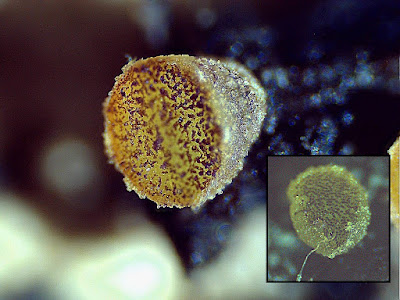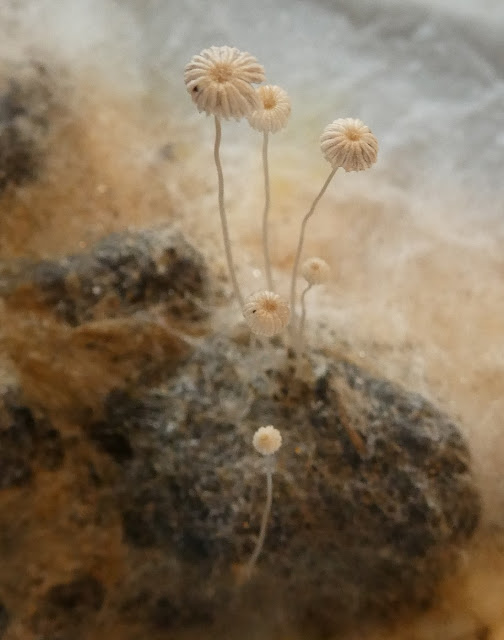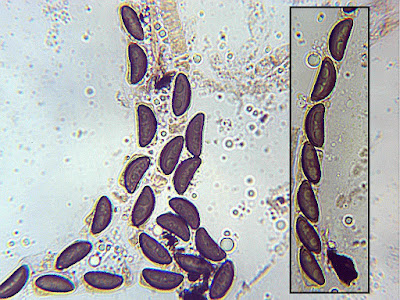 |
| Ascobolus crenulatus |
 |
| Ascobolus crenulatus x40 |
 |
| Ascobolus denudatus |
 |
| Ascobolus denudatus |
 |
| Coprinellus pellucidus |
 |
| Coprotus aurora |
 |
| Coprotus aurora |
 |
| Coprotus aurora |
 |
| Coprotus ochraceus |
 |
| Coprotus ochraceus |
 |
| Jackrogesella multiformis |
 |
| Jackrogesella multiformis |
 |
| Mollisia sps on Agave |
 |
| Mollisia Agave americana |
 |
| Mollisia sps paras. on Agave |
 |
| Mollisia sps on Agave |
 |
| Oedocephalum pallidum |
 |
| Pholiotina apros |
 |
| Pholiotina apros |
 |
| Pilobolus umbonatus |
 |
| Polycephaleomyces tomentos on Myxomycete |
 |
| Polycephaleomyces tomentos |
 |
| Protoungincularia barbata hairs |
 |
| Protoungincularia barbata |
 |
| Schizothecium hispidulum |
 |
| Schizothecium hispidulum |
 |
| Schizothecium hispidulum |
 |
| Stomiopeltis betulae |
 |
| Thelobolus caninus |
 |
| Zwartbles Sheep - pic of the month! |